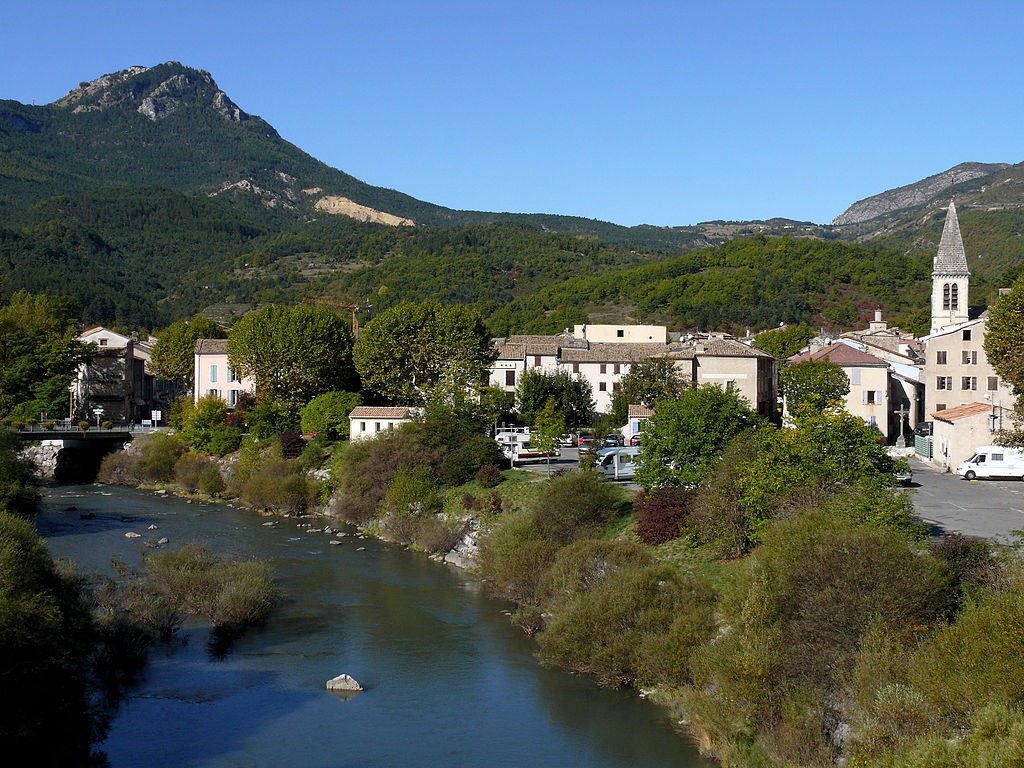CASTELLANE / SAINT-ANDRÉ-LES-ALPES / BARREME
Napoleon reached Castellane on Friday 3 March between 10 am and midday on the famous bridge, Pont du Roc. There, he discovered a small Provençal town huddled inside its ramparts, where the population, made up essentially of farmers, was surprised and quickly fraternized with his men. Greeted by Sub-Prefect Francoul, the Emperor had lunch at the Sub-Prefecture before moving on into the Alps. On their way, Napoleon and his men went through Saint-André-les-Alpes, on the edge of today’s Castillon Lake reservoir, then Barrême, where the entire population awaited the Emperor at 8 pm. Napoleon spoke at length
with Judge Tartanson, the Mayor and his Town Councillors and they all left “full of enthusiasm and allegiance to his cause.” Part of Judge Tartanson’s house still stands; a small plaque on the gable recalls this night.
Today, in the heart of the Verdon Regional Nature Park, Castellane is ideal for those who love outdoor activities, from trekking to white-water sports. Fishing is also very popular in the artificial Castillon Lake or the Issole, Asse and Verdon Rivers. Saint-André-les-Alpes is also known for free-flying on Mont-Chalvet, very popular with paragliders from all over the world for its exceptional atmospheric conditions and the major global events organized here regularly.
Barrême is renowned famous for its fossiliferous deposits, with ammonites in particular, which attract geologists from the world over. It is also reputed for the fine quality of its wild lavender, highly prized by perfumers in Grasse in the past. The quality label “lavande fine de Barrême” still exists today.
NAPOLEONIC LANDMARKS
- Judge Tartanson’s house, in the centre of the village of Barrême
- Napoléon camping site in Barrême
Useful Addresses
- Hôtel-Restaurant du Commerce*** – Castellane: www.hotel-du-commerce-verdon.com
- Ma Petite Auberge** – Castellane: www.mapetiteauberge.com
- Grand Hôtel-Restaurant du Levant** – Castellane: www.hoteldulevant-castellane.com
- Hôtel-Restaurant le Bel Air (Logis de France) Saint-André-les-Alpes: www.hotel-belair-verdon.com
- Restaurant La Table de Marie – Saint-André-les-Alpes: +33 (0)4 92 83 29 26

